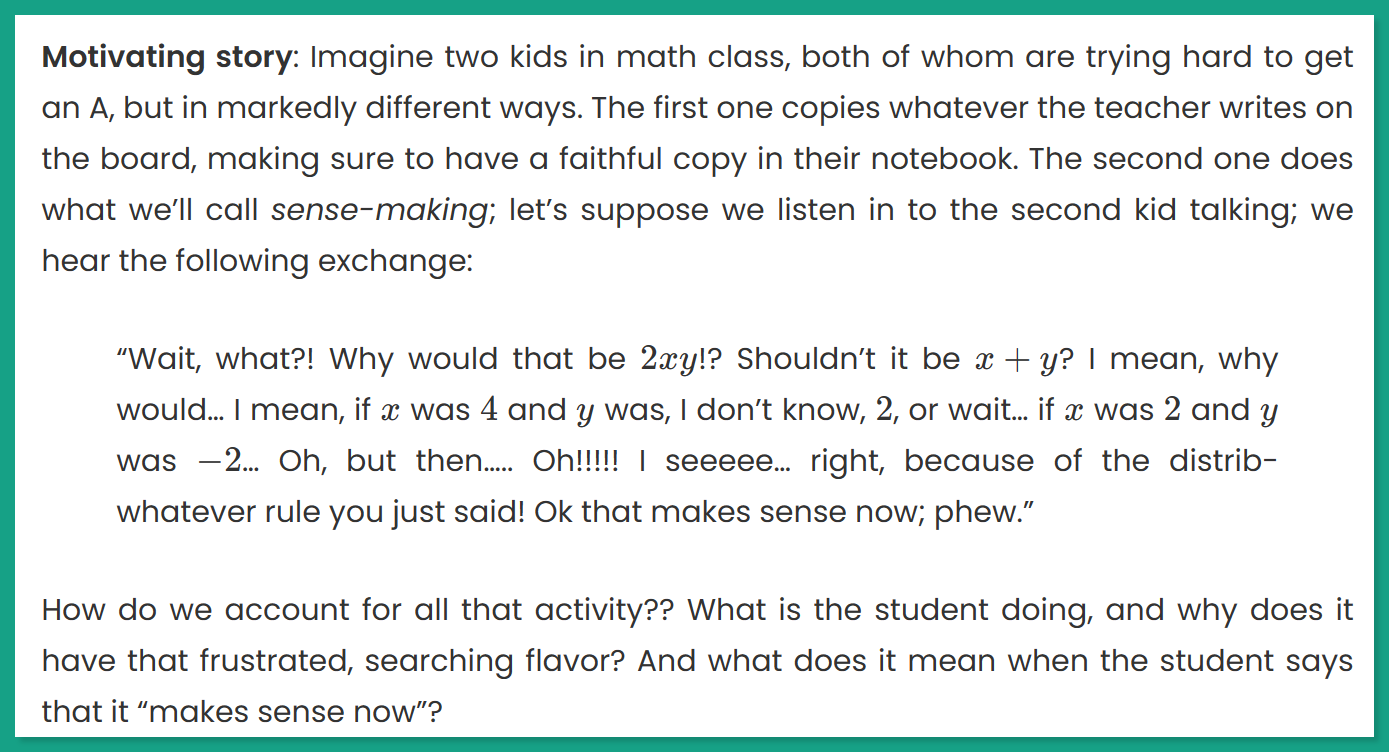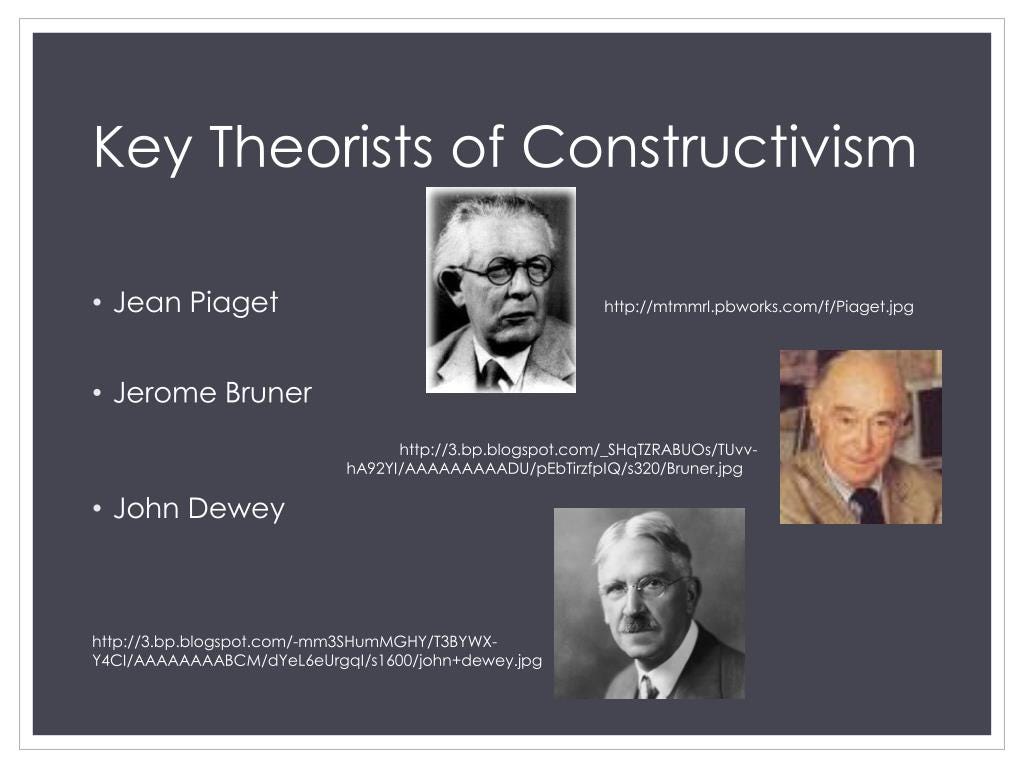In the hunting age, people were constantly scanning their environment for signs of prey. They learned to associate certain sights, sounds, and smells with the presence of animals. These associations were formed through experience and habit, and they allowed people to make quick decisions about whether or not to pursue a potential meal.
This type of fast sense-making is similar to the concept of System 1 thinking, as described by Daniel Kahneman in his book "Thinking, Fast and Slow." System 1 thinking is automatic, effortless, and often unconscious. It is the type of thinking that we use to make quick decisions in the face of uncertainty.
In contrast, slow sense-making is more deliberate and reflective. It is the type of thinking that we use to make complex decisions when we have time to think things through.
When we look at an abstract painting, we are not looking at a representation of something in the real world. Instead, we are looking at a collection of shapes, colors, and lines that the artist has arranged in a certain way.
The artist's goal is to create a work of art that evokes a certain feeling or emotion in the viewer. However, the meaning of an abstract painting is not always clear. The viewer is free to interpret the painting in any way that they like. This is what makes abstract art so interesting and engaging.
Reading is an active process of sense-making. When we read, we don't just decode the words on the page. We also relate what we read to our prior knowledge, beliefs, and values.
Our prior knowledge is the information that we already have about the world. This information comes from our experiences, our education, and our culture. When we read, we use our prior knowledge to help us understand the text. We make connections between what we're reading and what we already know.
Our beliefs are our thoughts and opinions about the world. They influence how we interpret what we read.
Mechanics and physicians are both professionals who use sense-making to solve problems. A mechanic tries to find the cause of a car's fault by using their knowledge of how cars work. They gather information about the car's symptoms, such as the noises it makes or the lights that come on. They then use this information to create a model of what might be wrong with the car.
A physician tries to diagnose a patient's illness by using their knowledge of how the human body works. They gather information about the patient's symptoms, such as the pain they are feeling or the changes in their appetite. They then use this information to create a model of what might be wrong with the patient.
Another common type of sense-making is a student trying to understand a Math lecture.
An expert in the theory of categories, David Spivak, together with the co-author James Dama wrote “An account of sense-making”, where they make the distinction between faithful copying and sense-making:
The second kid was obviously trying to understand by deriving it using Mathematics.
This is Constructivism, new ideas or concepts constructed from their current knowledge (here Mathematics). It was championed by Jean Piaget, a Swiss psychologist He believed that children construct an understanding of the world through experiences and interactions. When children encounter new information, they try to make sense of it by relating it to their existing knowledge. If the new information doesn't fit with their existing knowledge, they may need to modify their understanding of the world.
When students are engaged in sense-making, they are actively learning and understanding the material. This leads to deeper and more lasting learning.
Conclusions:
From the above examples of sense-making, we can see that it has the following component processes:
Perception: This is the process of gathering information from the world through our senses.
Comprehension: This is the process of understanding the meaning of information.
Interpretation: This is the process of making sense of information by relating it to our past experiences, beliefs, and values.
Construction: This is the process of creating new understanding by combining existing information with new information.






